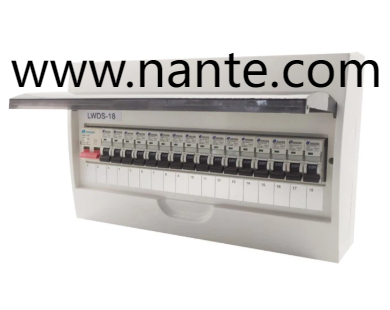In modern electrical installations professionals often choose devices such as a Socket Box or a Junction Box to manage wiring connections. Understanding the distinct roles of each enclosure helps ensure safe operation and efficient maintenance. A Socket Box provides a dedicated point for electrical outlets and plug terminals, while the alternative compartment organizes multiple cable splices. Recognizing these differences empowers installers and facility managers to select the ideal solution for each application.
The primary function of a Socket is to house receptacles and power outlets that users engage regularly. Mounted at accessible heights on walls or equipment frames, it delivers power directly to appliances and tools. The internal layout supports insulated terminals and grounding connections, which maintain secure contact under frequent insertion cycles. In contrast, a Junction Box serves as a passive channel for splicing conductors, protecting bare wire joints from damage and environmental exposure.
Safety concerns drive the decision between these two box types. A Socket Box features protective covers or shutter mechanisms that guard live contacts when outlets are not in use. This reduces the risk of electric shock in high traffic areas or public spaces. A Junction Box, while also enclosed, typically provides only a removable lid to access conductor connections. Its design focuses on preventing dust and moisture ingress where cables join, rather than accommodating plug operations.
Serviceability and inspection access differ as well. When a technician replaces a damaged outlet or adds a new socket circuit, the Socket Box's frontfacing panel simplifies the swap without disrupting adjacent wiring. For example when upgrading workstation layouts or expanding power points on a factory floor, installers appreciate the plug ready configuration. Meanwhile troubleshooting a splice fault in a Junction Box may require tracing multiple conductors within a single chamber, requiring more extensive disassembly.
Considering environmental demands influences enclosure selection. In areas exposed to weather or corrosive substances, weather resistant Socket Box units incorporate sealed gaskets and resilient materials. These features preserve outlet integrity in outdoor kitchens, parking areas or wash down zones. On the other hand a Junction Box must also meet protection standards, but it often lacks the provisions for repeated cable insertion and removal under damp conditions.
Space optimization plays a part in complex installations. A compact Socket Box can mount behind control panels or beneath workbenches, providing power without cluttering surfaces. Junction Box options offer larger volumes to accommodate numerous splices, yet they require clearances for cable bend radii. Planners coordinate these enclosure types to balance footprint and wiring complexity when designing control cabinets or building risers.
Cost considerations also factor into project planning. When end users require multiple power points in a production cell, deploying several Box units may offer more value than a solitary common splice chamber. Conversely consolidating cables in a central Junction Box may reduce enclosure count but add labor time for individual splices. Accurate budgeting relies on evaluating both hardware and installation hours.
Emerging smart building trends further highlight each box's strengths. Smart outlets housed in a Socket enable remote power monitoring and usage reporting for energy management systems. They integrate seamlessly with building automation platforms to switch equipment on demand. Meanwhile junction enclosures can host network and sensor cables alongside power conductors, keeping infrastructure neat and organized.
For installers and architects aiming to future proof their designs a balanced strategy often uses both enclosure types. Strategic placement of Socket Box units at user touch points ensures intuitive access to power outlets. Junction Boxes installed in hidden locations manage the behind the scenes wiring complexity. Together they form a coherent system that meets safety codes and supports evolving technology. Selecting the right enclosures and components is essential for dependable electrical networks. For comprehensive industry news and resources on enclosure applications visit www.nante.com .

